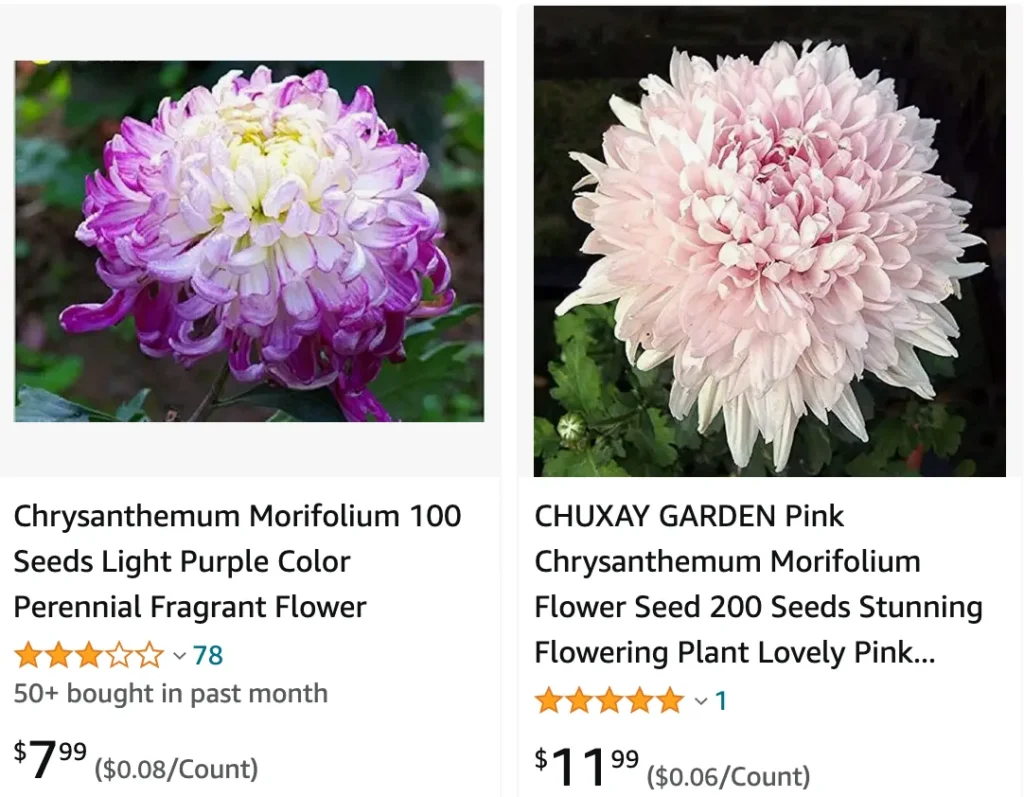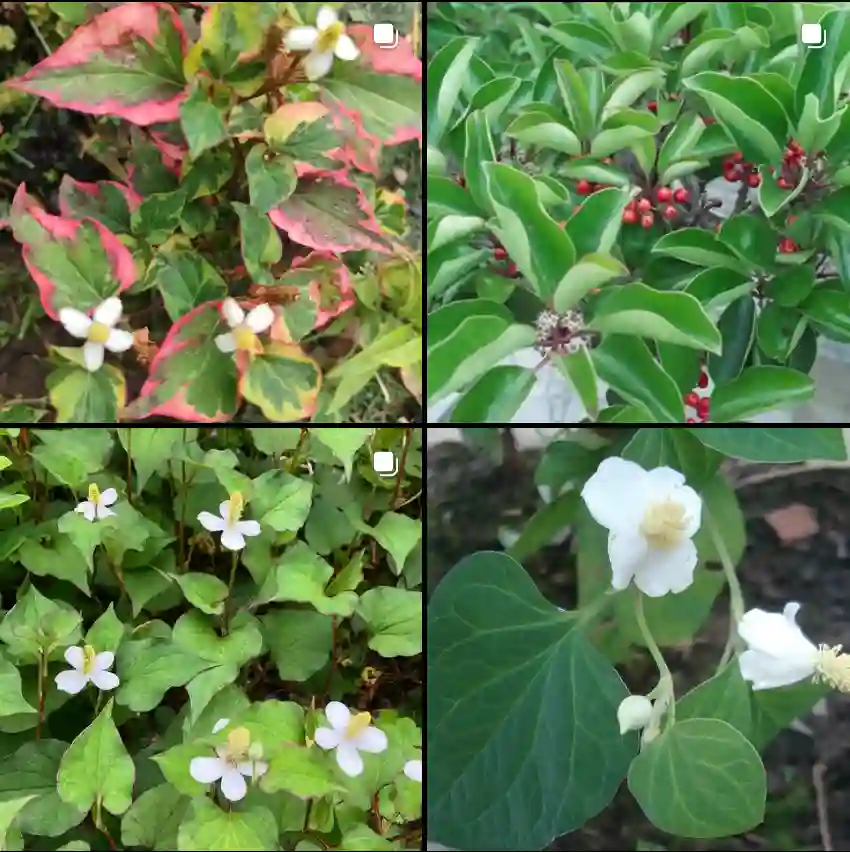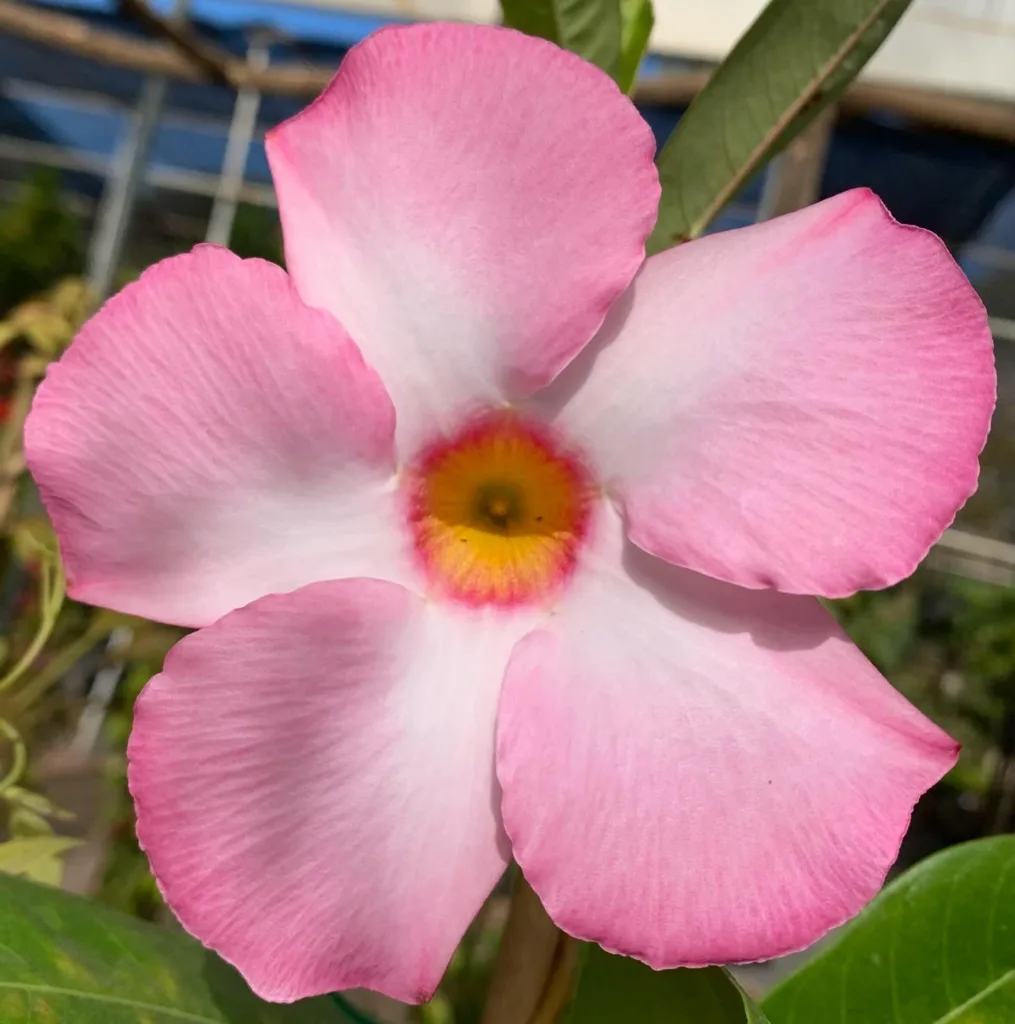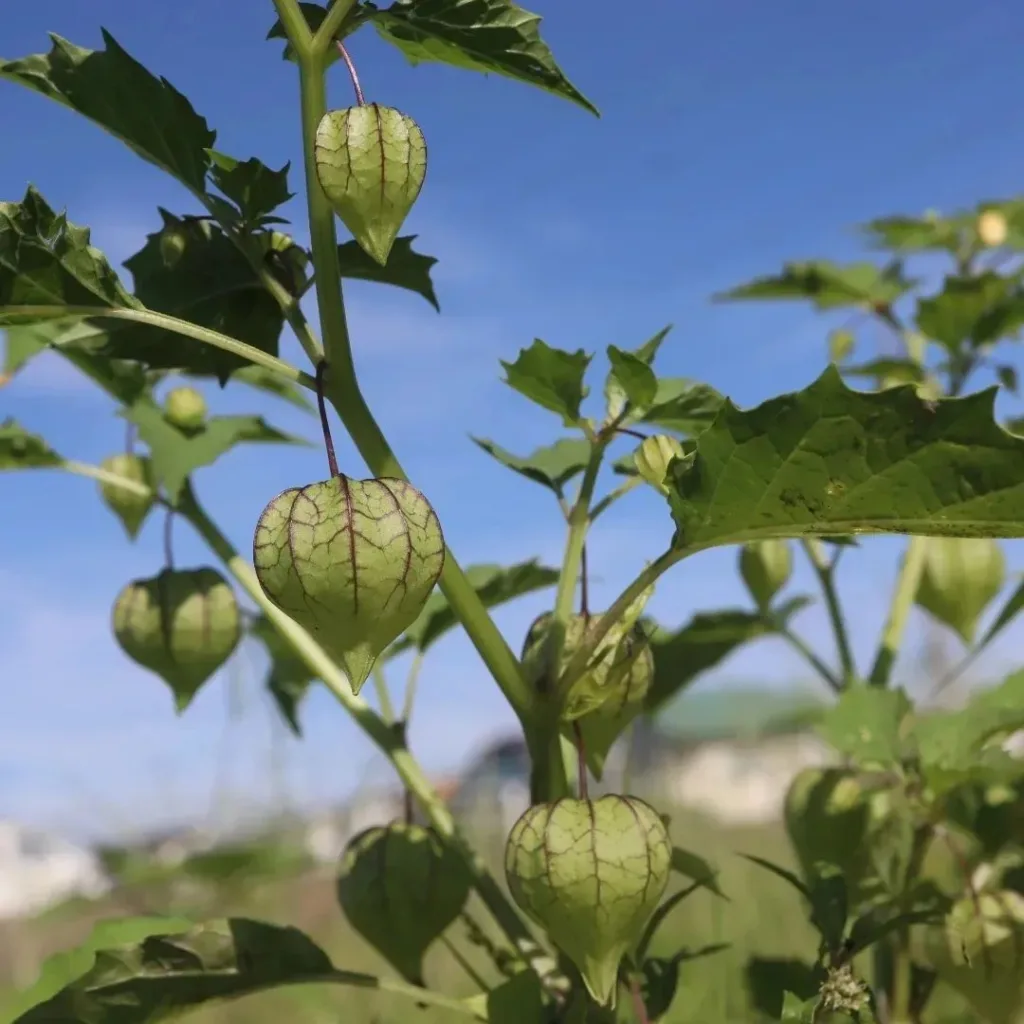
What is Chrysanthemum Morifolium?
Chrysanthemum morifolium, commonly known as the Florist’s Mum or Hardy Garden Mum, is a popular flowering plant known for its large, vibrant blooms that come in various colors such as yellow, white, pink, red, and purple. It’s widely used in gardens and floral arrangements, particularly during the fall season when it blooms prolifically.
42 Species in Genus Chrysanthemum
Chrysanthemum Morifolium vs Chrysanthemum Indicum
When I grew Chrysanthemum morifolium, I was struck by how its full, densely packed blooms created a dramatic display in my garden, while Chrysanthemum indicum seemed more delicate and scattered, adding a subtle elegance but lacking the same visual impact.
Are Chrysanthemum Morifolium perennials?
Yes, Chrysanthemum morifolium are perennials. They come back year after year if properly cared for, particularly in USDA hardiness zones 5-9. In colder climates, they may need some winter protection or may be treated as annuals.
How to care for Chrysanthemum Morifolium?
Here’s a guide on how to care for your Chrysanthemum Morifolium, also known as the common garden mum:
Light:
- Chrysanthemum Morifolium thrives in full sun. They require at least 6 hours of direct sunlight daily to promote healthy growth and abundant flowering.
Soil:
- Well-drained soil is essential. They prefer fertile, moist but well-drained soil with a slightly acidic pH (around 6.0 to 6.5).
- If your soil is heavy clay, amending it with compost or other organic matter before planting can improve drainage.
- If your soil is very alkaline (high pH), you can try adding amendments like peat moss or coffee grounds to lower the pH, but a soil test is recommended to determine the best course of action.
Watering:
- Water regularly: Water your Chrysanthemum Morifolium moderately, allowing the top inch of soil to dry out slightly between waterings. Avoid overwatering, which can lead to root rot.
Here’s a simple way to check moisture: Stick your finger into the top inch of soil. If it feels dry to the touch, it’s time to water.
Fertilizing:
- Moderate fertilization is beneficial. A balanced fertilizer formulated for flowering plants applied once a month during the growing season (spring and summer) can encourage blooms. Follow the package instructions for dosage and application.
- Avoid overfertilizing, as it can damage the roots.
Deadheading:
- Deadheading spent flowers (removing them) will encourage continued blooming throughout the fall season. Simply pinch or cut off the flower head just below the base of the bloom.
Pinching (optional):
- Pinching (removing the growing tip) young stems in early summer can promote bushier growth and more flowers.
Winter Care (perennial varieties):
- For perennial varieties: After the first frost, cut the stems back to about 6-8 inches tall. You can mulch around the base of the plant with a layer of organic material (like shredded leaves or bark) to protect the roots over winter.
Pests and Diseases:
- Chrysanthemum Morifolium can be susceptible to common garden pests like aphids, spider mites, and earwigs. Insecticidal soap or neem oil solution can be used for control if needed.
- Fungal diseases like powdery mildew can also occur. Ensure good air circulation and water at the base of the plant to avoid wetting the leaves. Fungicide can be used if necessary.
Additional Tips:
- Chrysanthemum Morifolium can be propagated by division in early spring or by stem cuttings in late summer.
- Depending on the variety, Chrysanthemum Morifolium can grow as tall, single-stemmed plants or shorter, bushier plants.
Where to buy Chrysanthemum Morifolium?
Chrysanthemum morifolium can be purchased from local nurseries, garden centers, and online plant retailers. They are also commonly available at farmers’ markets, especially during the fall season.
Are Chrysanthemum Morifolium harmful to pets?
Yes, Chrysanthemum morifolium can be harmful to pets. They contain substances like pyrethrins and sesquiterpene lactones, which can cause gastrointestinal upset, drooling, vomiting, and diarrhea if ingested by cats, dogs, or other animals. It’s best to keep these plants out of reach of pets.
Can Chrysanthemum x Morifolium be a water plant?
No, Chrysanthemum x morifolium is not suitable as a water plant. They prefer well-draining soil and do not thrive in waterlogged conditions or aquatic environments.
Can you plant Chrysanthemum Morifolium from stem?
Yes, you can plant Chrysanthemum morifolium from stem cuttings. To do this, take a healthy stem cutting about 4-6 inches long, remove the lower leaves, and dip the cut end in rooting hormone. Plant the cutting in a pot filled with moist, well-draining soil and keep it in a warm, bright location. The cutting should root in a few weeks.
How to collect seeds from Chrysanthemum Morifolium?
To collect seeds from Chrysanthemum morifolium, allow the flowers to remain on the plant until they have fully dried and the seed heads have formed. Once the seed heads are dry, cut them off and place them in a paper bag. Gently shake the bag to release the seeds from the seed heads. Store the seeds in a cool, dry place until you are ready to plant them.
How to propagate Chrysanthemum Morifolium?
Chrysanthemum morifolium can be propagated through stem cuttings, division, or seeds.
- Stem Cuttings: Take a healthy cutting as described above, plant in well-draining soil, and keep moist until roots develop.
- Division: In early spring or fall, dig up an established plant and carefully separate it into smaller sections, each with roots attached. Replant the divisions in prepared soil and water well.
- Seeds: Collect seeds as described and sow them indoors in early spring. Once the seedlings are large enough to handle, transplant them outdoors after the danger of frost has passed.
If i die, water my plants!



